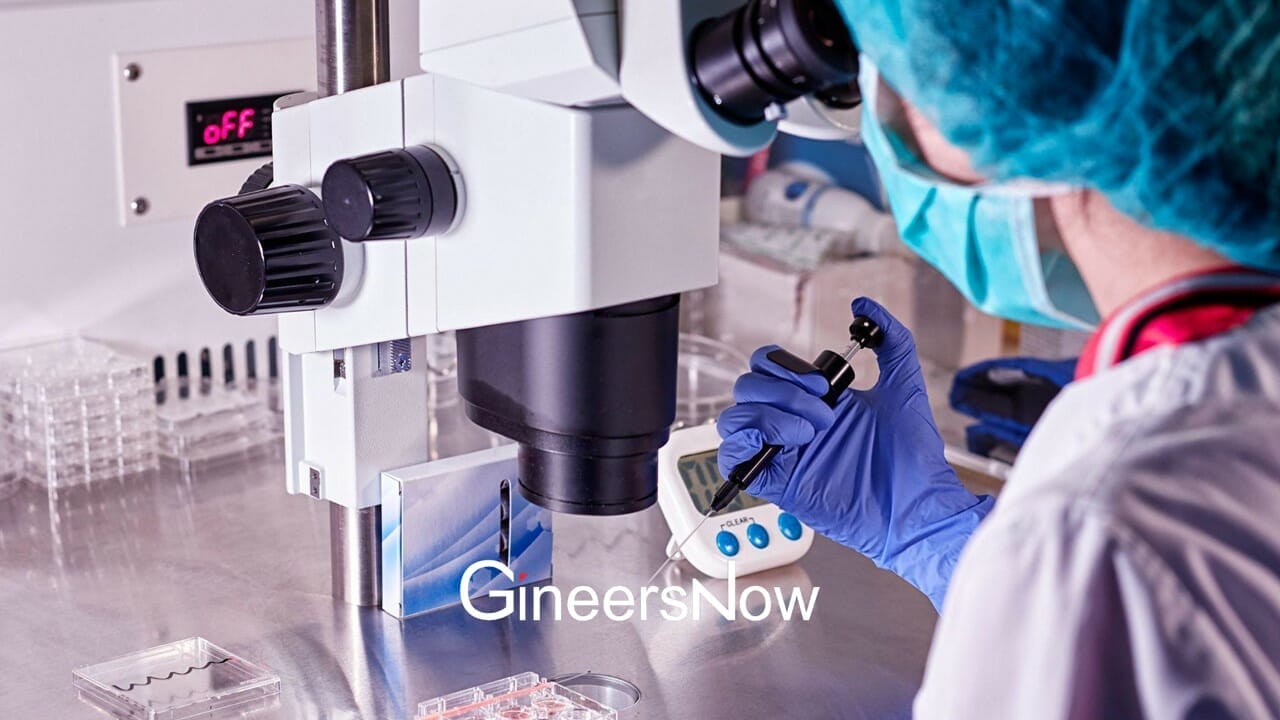The term regenerative medicine is a broad term for a medicine-related field that includes research on self-healing, especially tissue engineering. With regenerative medicine, the human body uses its own systems, sometimes with help from foreign biological material, to recreate and revive cells, and rebuild tissues and organs.
Tissue engineering relates to the medical practice of combining cells, scaffolds, and biologically active molecules into functional body tissues. The primary goal of this biomedical engineering discipline is to successfully assemble functional constructs that maintain, restore, or improve flawed or damaged tissues and sometimes even whole organs.
As you can tell, the terms “regenerative medicine” and “tissue engineering” are essentially interchangeable as researchers continue to work tirelessly on finding cures and treatments for complex, chronic diseases and other human conditions. Cartilage and artificial skin are a couple of examples of engineered tissues backed by the U.S. Food and Drug Administration, even though they still have very limited use in human patients to this day.
This article will take a closer look at the role of tissue engineering in regenerative medicine, which, although currently goes under additional spin-off applications such as pharmaceutics and the production of artificial meat, is, above all, closely related to the fields of biomaterials, biomedical engineering, and regenerative medicine for humans.
What Is Tissue Engineering?
Tissue engineering is a cross-disciplinary medical discipline utilized to create fully functional 3D tissues by combining cells, scaffolds, and/or bioactive molecules to improve, restore, or maintain a damaged tissue or the entire grain.
This scientific discipline is considered a specialized branch under biomedical engineering, which also involves multiple scientific medical areas like material science, biology, molecular biology, chemistry, and primary medicine. In that context, tissue engineering continuously evolves by assimilating inputs from all relevant scientific areas and their respective technological advances, including nanotechnology and all corresponding fields.
How Does Tissue Engineering Work?
The process of tissue engineering is somewhat complicated, and it involves three key components to be successful. To help you understand better, we’ll take a look at all three.
The first one is having a tissue or cell sample, which is the starting point of the process and constitutes the seed. The second step or needed component is having a scaffold, a natural or artificial structure that mimics real organs (like the liver or kidney) that holds and supports the seed and guides its growth into the desired location and shape.
For this part, the most sophisticated tissue engineering labs use microbioreactor systems capable of simulating the flow and natural substrate deformation conditions of different substrates and culture chambers suitable for all types of scaffolds to provide the cells with a growth environment that mimics the stimulation conditions present in in-vivo systems.

The final component is the environment of nutrition, signal substances, etc., that steers the growing cell or tissue seed towards the desired biological properties, including shape, geometrical size, and bio-functional properties.
When these components are constructed together, the new tissue is engineered to replicate the old one’s state when it wasn’t diseased or damaged, which is the whole point of the process.
Tissue Engineering Applications
As things stand right now, there are two main tissue engineering application fields: the regeneration of damaged tissue and the development of it in vitro human models. Within the regenerative purpose, there is a genuine advance in the concerted efforts concerning bone, cardiac, cartilage, vascular, and pancreas tissue engineering. On the other hand, 3D in vitro models can change how we understand cancer and similar diseases, effectively helping optimize future therapeutic approaches.
Currently, tissue engineering still plays a relatively minor role in patient treatment, with artificial skin, valves, and cartilage being sound examples of engineered tissues that the FDA has approved. Nevertheless, they still have minimal use in humans and real-time medicine.

The Future Of Tissue Engineering For Regenerative Medicine
Skin grafts, supplemental bladders, small arteries, and even an entire trachea have been experimentally implanted in patients, but the procedures are still in their experimental stage and are very costly. In addition, while more complicated organ tissues like the lung, liver, and heart have been recreated throughout labs, they are still far from fully reproducible and ready to implant in a patient.
However, tissue engineering is quite helpful and useful in research, particularly for drug development. Utilizing functioning human tissue to help screen medication candidates will speed up the drug development process and provide critical tools for facilitating personalized medicine while reducing costs and the number of animals used for research.
Final Words
In less than forty years since its birth, this cutting-edge, hybrid technology of engineering and cell biology called tissue engineering is ushering one of the most ground-breaking evolutionary advances when it comes to regenerative medicine.
As scientists work tirelessly to understand better how stem cells are converted into different classes of cells, we should certainly expect that, sooner rather than later, they will be able to engineer particular types of cells that grow fast into target tissues and maybe into whole organs. All this will soon become a practical therapy that extends and improves the quality of patients’ lives.












